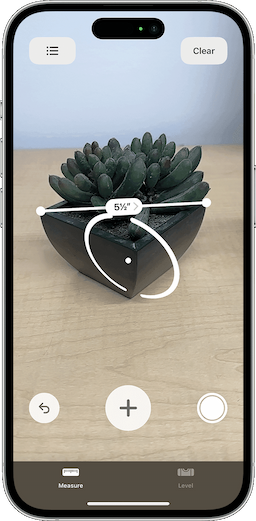
8 Items You Didn’t Know Can Interfere With Your Wi-Fi Signal

1. Your Microwave
Your microwave operates at 2.4 GHz—the same frequency as most Wi-Fi networks. When running, it can interfere with nearby Wi-Fi signals. Move your router at least 10 feet away from your microwave. You'll experience more reliable speeds during cooking times.
Microwave interference can disrupt your internet connection.
Quick tip: If your home office is near the kitchen, switch to a 5 GHz Wi-Fi network to avoid interference.
See also - Why Your WiFi Keeps Dropping (And The 30-Second Fix)

© Image Credit: Unsplash - Clay Banks
2. Mirrors
Large mirrors can reflect and scatter Wi-Fi signals, creating dead zones nearby. If your router is facing a mirror, you may lose signal strength. Reposition your router to face away from mirrors or keep it at least 6 feet away. You'll notice more consistent speeds throughout your home.
Mirrors can interfere with your Wi-Fi signal.
Quick tip: Use a Wi-Fi analyzer app to test signal strength before and after moving your router.

3. Fish Tanks
Water absorbs Wi-Fi signals—your fish tank can weaken your signal. A standard 20-gallon tank can create a dead zone behind it. Place your router at least 5 feet away from aquariums and above tank level. You'll get better coverage throughout that room and beyond.
Water barriers can significantly reduce Wi-Fi performance.
Quick tip: If you can't move the tank, try elevating your router to send signals over it.

4. Christmas Lights
Holiday lights can create electromagnetic interference, potentially affecting Wi-Fi performance. Blinking lights can be particularly problematic. Keep your router at least 6 feet away from holiday decorations.
Electromagnetic interference from decorations can disrupt your Wi-Fi signal.
Quick tip: Use timer-controlled lights that turn off during your peak Wi-Fi usage hours.

© Image Credit: Unsplash - Diego Carneiro
5. Metal Blinds
Metal blinds can reduce Wi-Fi signal strength when closed, creating dead zones near windows. Open blinds when using Wi-Fi or position your router away from windows with metal blinds. You'll see more consistent speeds throughout the day.
Metal objects can block or reflect Wi-Fi signals, affecting coverage.
Quick tip: Consider replacing metal blinds with wooden or fabric options in rooms where Wi-Fi performance is crucial.

6. Baby Monitors
Baby monitors operating on 2.4GHz can interfere with Wi-Fi, reducing speeds. The interference radius is typically 10 to 15 feet. Switch to a baby monitor that uses a different frequency (900MHz or 1.9GHz).

7. Cordless Phones
2.4GHz cordless phones can cause intermittent Wi-Fi disruptions, dropping speeds by up to 45%. Each call creates interference within a 10-foot radius. Switch to DECT 6.0 phones that operate on 1.9GHz. You'll eliminate those random Wi-Fi slowdowns during calls.
Interference can affect all Wi-Fi devices in your home, not just the one in use.
Quick tip: Keep your current phone's base station at least 8 feet from your router.

8. Bluetooth Speakers
Bluetooth speakers can interfere with 2.4GHz Wi-Fi, reducing speeds by up to 20%. The impact is strongest within 3-4 feet of the speaker. Move speakers away from your router and devices when streaming. You'll experience fewer buffering issues and dropouts.
Since Bluetooth and Wi-Fi share the same frequency band, they can interfere with each other.
Quick tip: Use wired speakers for critical listening sessions or switch to 5GHz Wi-Fi when using Bluetooth audio.
If you enjoyed this guide, follow us for more.

Recent
Highlights

If Your Fridge Has These 7 Smart Features, You're Paying Too Much

7 Ways Hackers Steal Your Data Without Your Password

Never Ignore These Privacy Alerts on Your TV (They're Not a Glitch)

15 Things You Didn't Know Your iPhone Could Do

12 Phone Settings That Are Secretly Exposing You to Hackers
